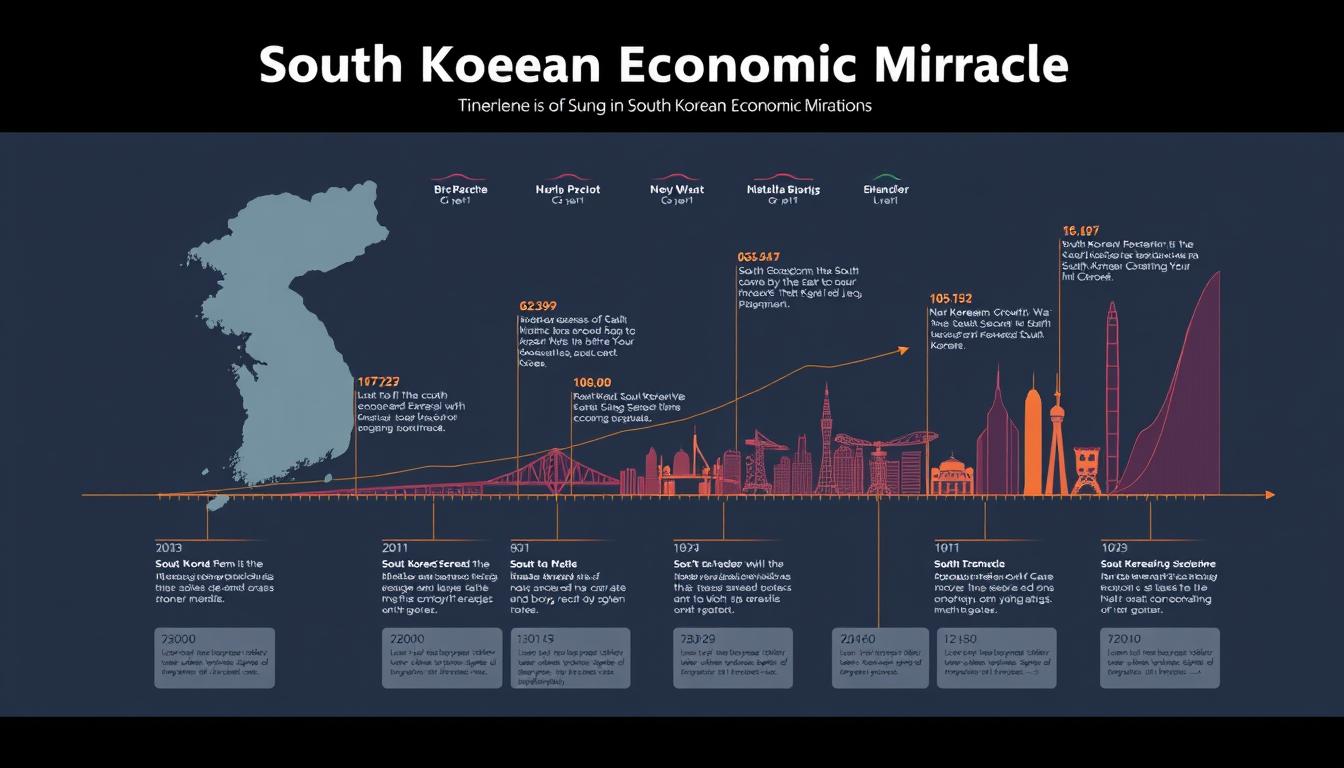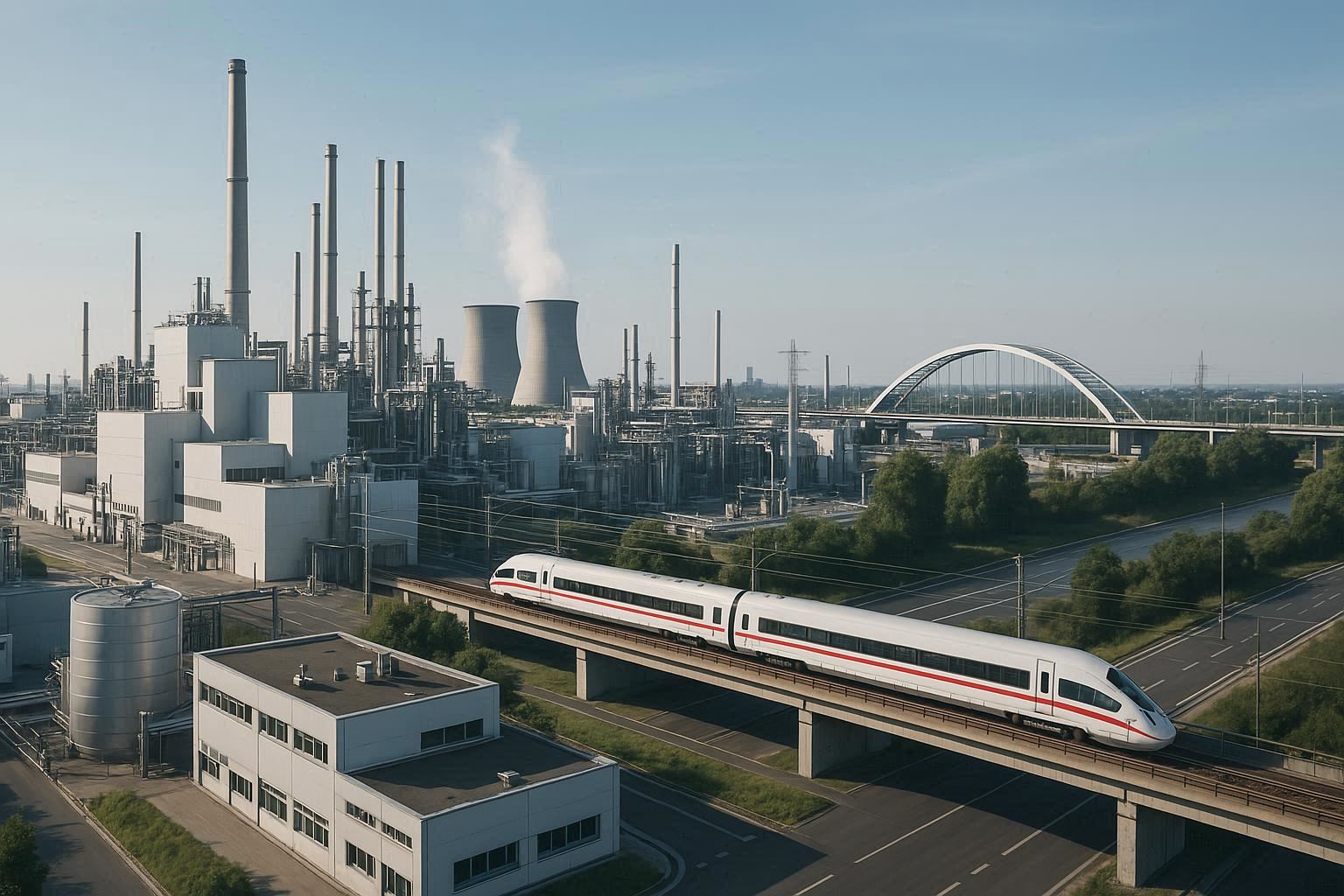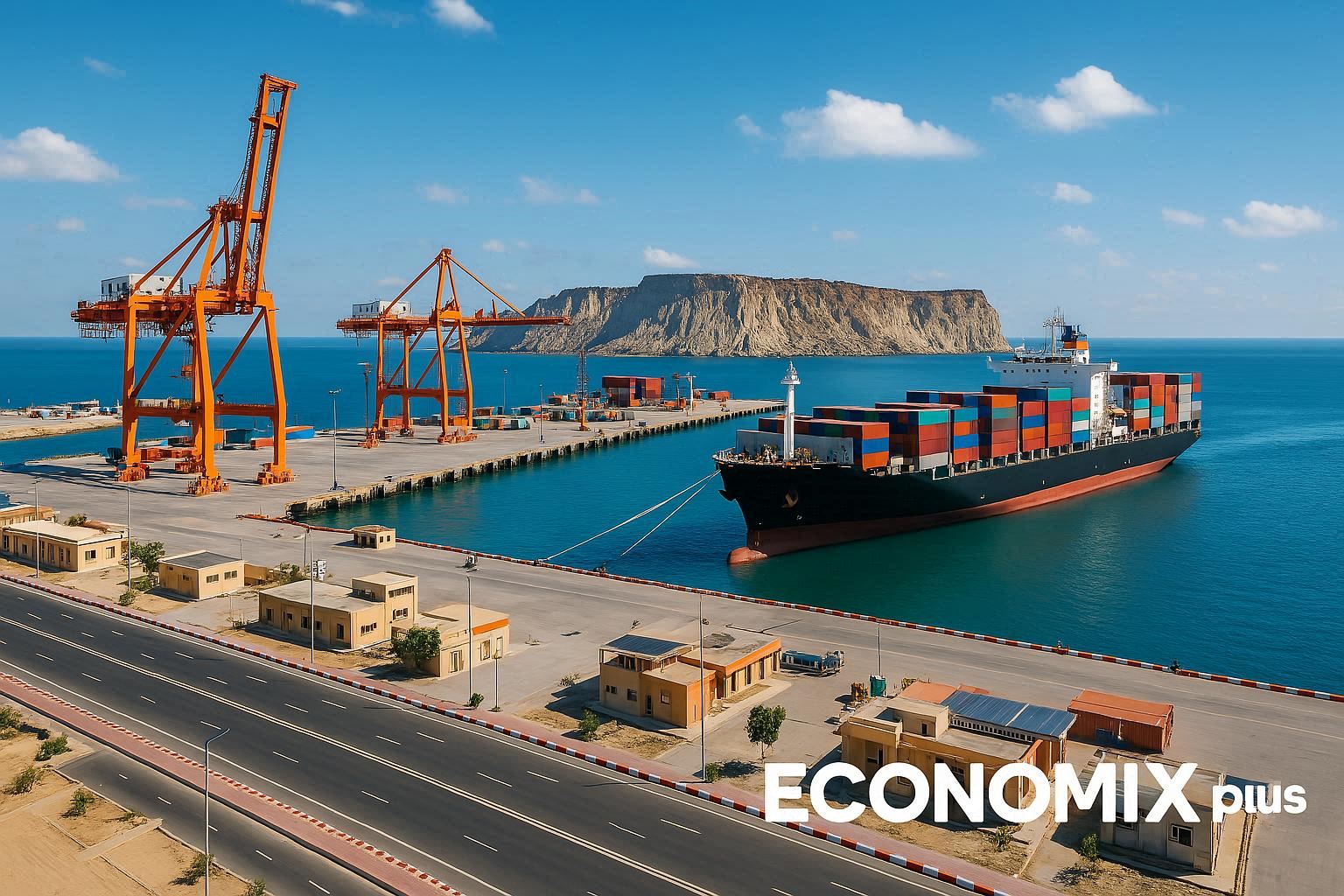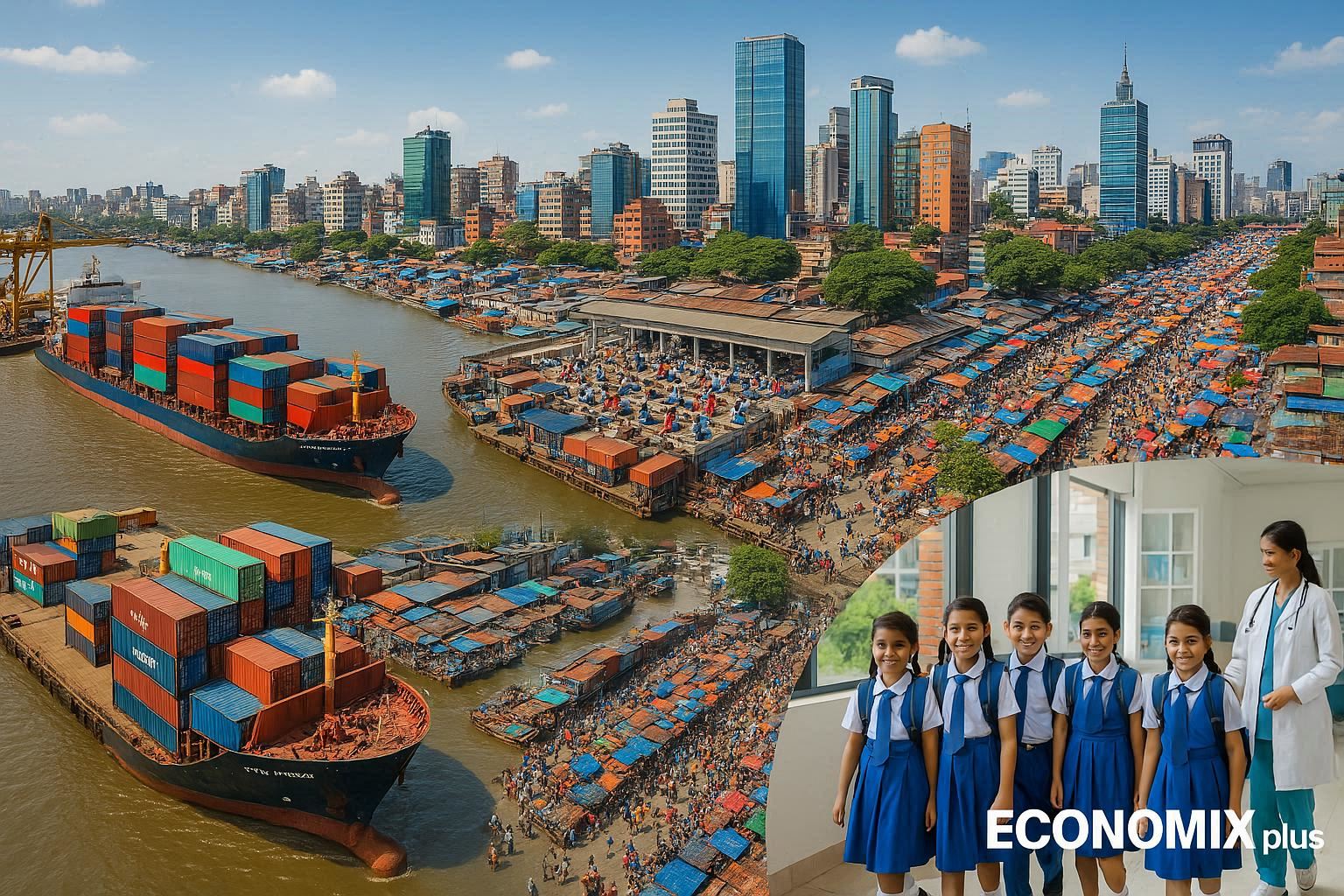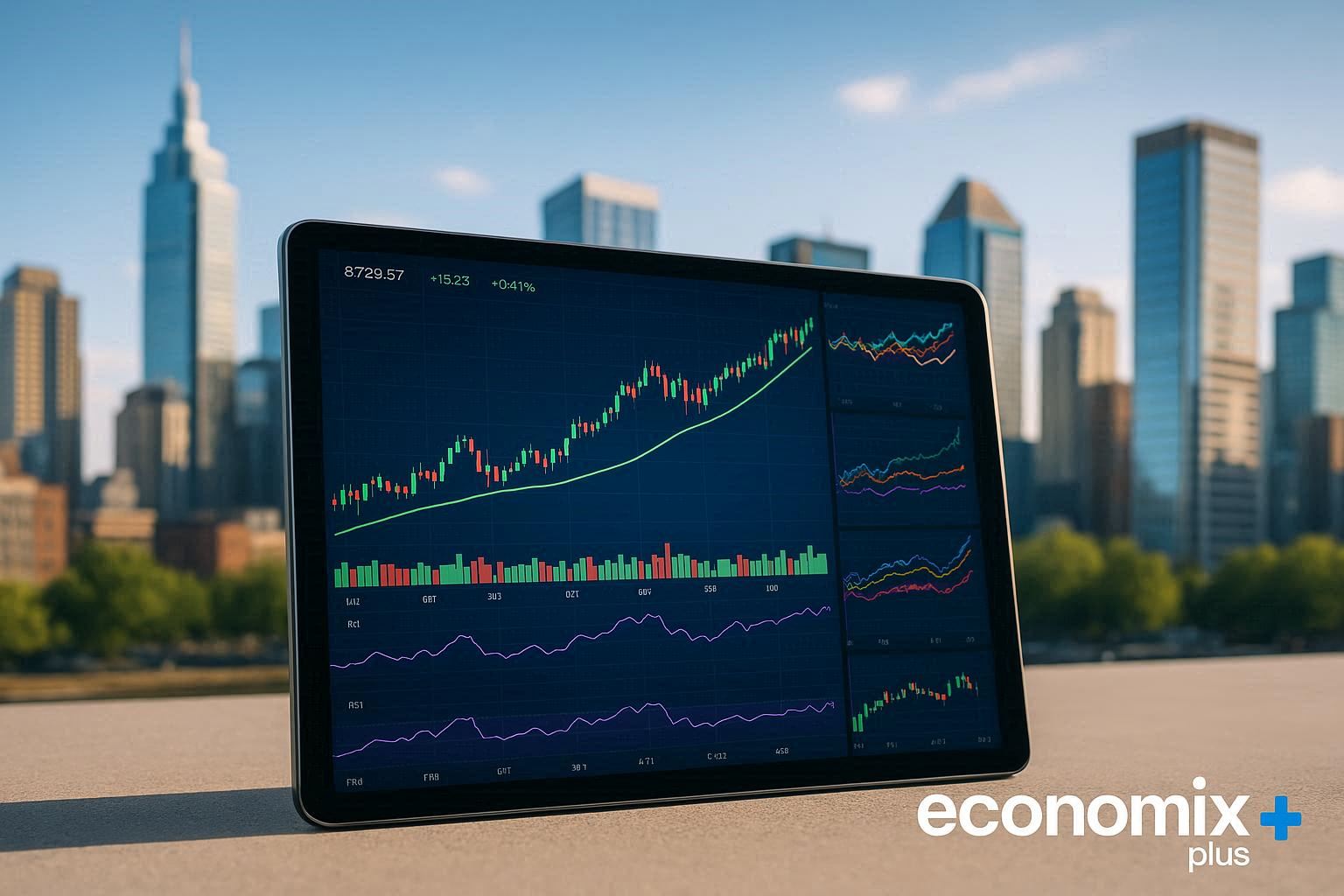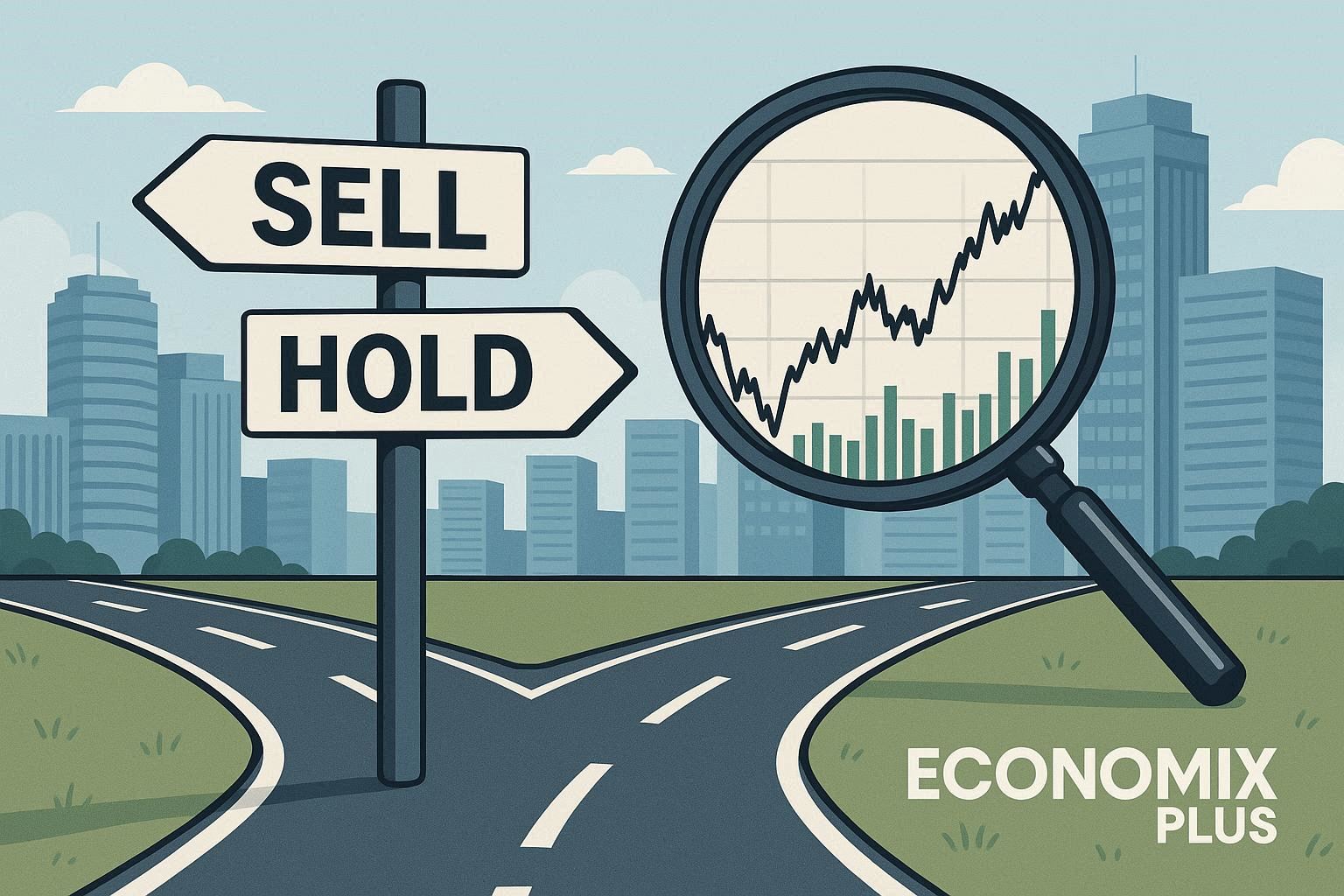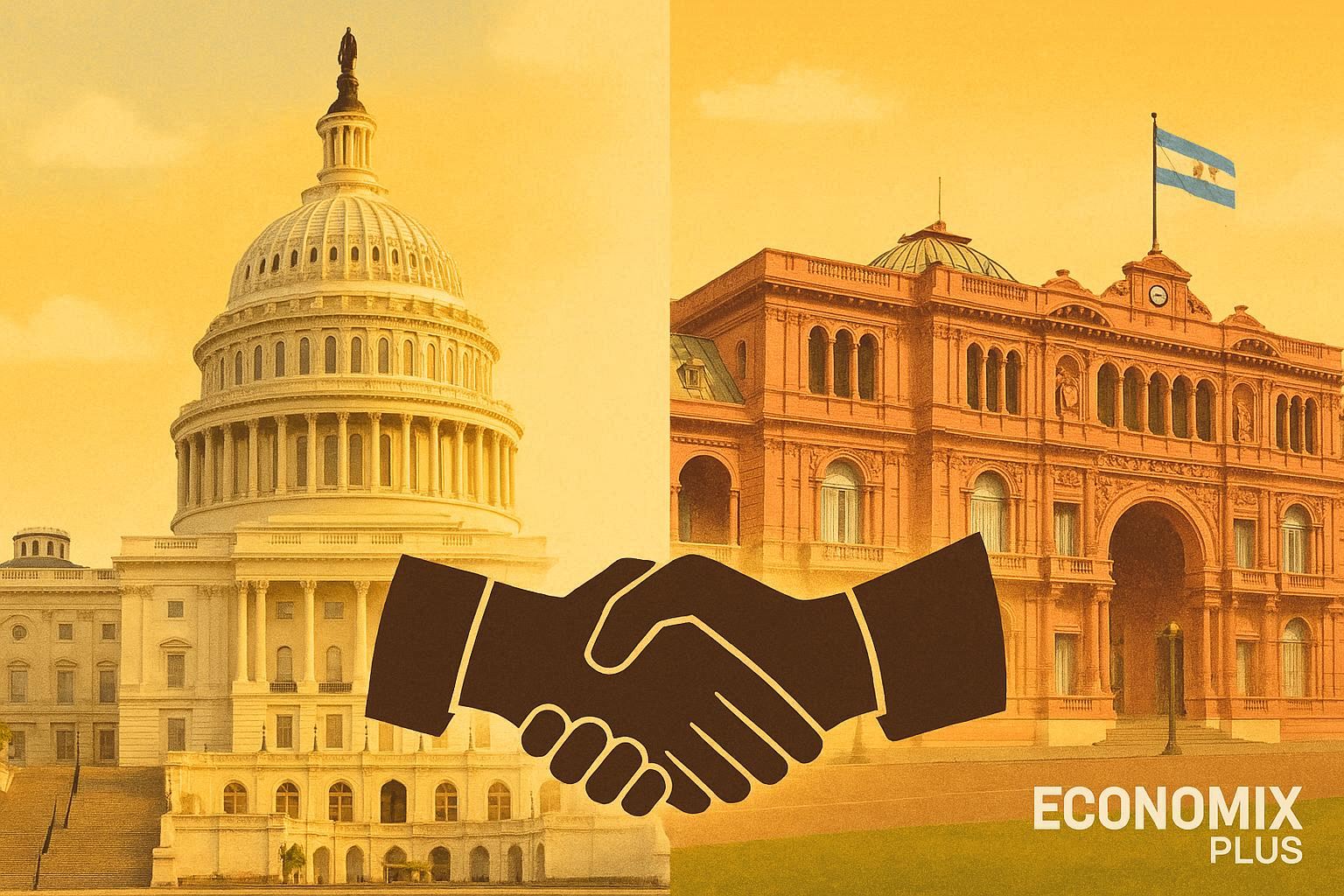What if a country could rise from ashes to global prominence faster than anyone thought possible? This question defines the extraordinary journey of a nation that transformed barren battlefields into skyscrapers within a single generation. Emerging from the devastation of the Korean War, this land achieved what experts once called impossible – turning poverty into prosperity through sheer willpower.
In the 1950s, foreign aid accounted for nearly 80% of national income. Yet through strategic vision, leaders channeled resources into rebuilding infrastructure and cultivating human capital. The government prioritized education systems, creating skilled workers who later fueled technological breakthroughs.
Urban centers became laboratories for progress. Factories replaced rice paddies as the economy shifted from agriculture to manufacturing. Between 1960 and 1990, per capita income skyrocketed from $79 to over $6,000 – a growth rate unmatched in modern history.
Key Takeaways
- A war-ravaged nation achieved 100x income growth through focused economic planning
- Strategic foreign aid usage built critical infrastructure and industries
- Education reforms created one of the world’s most skilled workforces
- Government-business partnerships accelerated technological modernization
- Cultural resilience transformed post-conflict challenges into opportunities
Historical Foundations and the Post-War Economic Landscape
War’s aftermath became the foundation for an unprecedented turnaround. By 1953, the Korean War had left cities flattened and farmlands scorched, creating a landscape of devastation that seemed insurmountable. Over 1.5 million homes lay destroyed, while per capita income hovered below $70, illustrating the dire economic circumstances faced by the population.
Foreign aid became the lifeline, with the country receiving $3 billion in assistance during the 1950s – equivalent to 80% of its national budget. This substantial influx of resources was critical, as it allowed for the rebuilding of essential infrastructure, the restoration of basic services, and the initiation of various development projects aimed at revitalizing the economy and improving living standards for the citizens.
The Impact of the Korean War and Early Recovery
Leaders faced a stark choice: rebuild or collapse. They channeled resources into roads, ports, and schools instead of temporary fixes. A land reform program in 1950 redistributed 1.3 million acres to 1.5 million families, breaking feudal landholdings. Former tenant farmers gained ownership, sparking rural productivity.
| Indicator | 1953 | 1960 | Growth |
|---|---|---|---|
| Steel Production | 38,000 tons | 147,000 tons | 287% |
| Literacy Rate | 22% | 71% | 223% |
| Urban Population | 21% | 28% | 33% |
Land Reforms and the Transition from Agrarian Economy
The government turned farmers into stakeholders. By 1962, agricultural output doubled from war-era levels. This surplus funded industrial ventures as workers migrated to cities. Vocational schools trained 300,000 technicians annually, creating skills for factories.
Seoul’s population exploded from 1 million to 3 million in fifteen years. Textile mills and cement plants replaced subsistence farming. What began as economic survival became the blueprint for modernization – proving resilience could rewrite destiny.
How did South Korea become an industrial powerhouse in record time: Government Policies and Strategic Reforms
Visionary leadership rewrote economic rules through calculated risk-taking. The government launched its first Five-Year Plan in 1962, targeting strategic industries like chemicals and machinery. This initiative was not merely a bureaucratic exercise; it represented a profound shift in the nation’s economic landscape, prioritizing sectors that would lay the groundwork for sustained growth and innovation.
Roads became arteries of progress – the Seoul-Busan highway slashed transport times from 14 hours to 5, connecting factories to global markets. This dramatic reduction in travel time not only facilitated the efficient movement of goods but also encouraged regional trade and investment, fostering a dynamic economic environment that attracted both domestic and foreign stakeholders.
Initiatives in Infrastructure and Transportation
Concrete mixed with ambition as engineers built 3,200 km of highways by 1975. Port capacities tripled within a decade, handling 18 million tons annually. These projects created 450,000 jobs while enabling unprecedented industrial coordination.
| Project | 1961 | 1971 |
|---|---|---|
| Paved Roads | 3,800 km | 13,200 km |
| Rail Freight | 12M tons | 47M tons |
Autocratic Measures and Pragmatic Economic Reforms
President Park Chung-hee’s administration merged military discipline with economic pragmatism. The reform package included:
- Import bans on 400 consumer goods to protect local industries
- Mandatory export targets for corporations
- Tax breaks for foreign currency earners
This directed capitalism approach bore fruit. Between 1963-1973, manufacturing output grew 25% annually. The 1973 Heavy Chemical Industry Drive funneled $3.5 billion into six critical sectors, creating global leaders like POSCO.
“We turned scarcity into strategy – every resource became a stepping stone.”
By aligning government planning with private sector agility, the south korean model proved centralized control could fuel decentralized innovation. When the Ministry of Science formed in 1967, it laid foundations for tomorrow’s tech giants.
Technological Advancements and the Rise of Chaebols
A nation once known for rice fields began etching circuits into silicon. Strategic bets on innovation transformed local businesses into global titans, powered by visionary public-private partnerships that fostered an environment ripe for growth and development. The collaboration between the government and private sector not only provided essential funding but also created a robust framework for technological advancement.
This fusion of state guidance and entrepreneurial grit redefined what a resource-limited country could achieve, allowing it to emerge as a leader in various high-tech industries, such as electronics and telecommunications, thereby showcasing the remarkable potential of a nation willing to invest in its future.

Government Investment in Science and Technology
The government ignited progress through targeted funding. By 1980, R&D spending reached 2% of GDP – triple the 1960s rate. The 1967 creation of the Ministry of Science birthed semiconductor labs that later dominated memory chip production.
| Year | R&D Investment | Patent Filings |
|---|---|---|
| 1970 | $12M | 1,200 |
| 1990 | $4.8B | 34,500 |
Engineers trained through education reforms developed color TV tech and mobile infrastructure. These breakthroughs laid tracks for high-speed growth in electronics and telecommunications.
The Role of Family-Led Conglomerates
Chaebols like Samsung and Hyundai became engines of economic power. Starting as small trading firms, they scaled rapidly through state-backed export drives. By 1988, these conglomerates produced 60% of the country’s total exports.
Key sectors flourished:
- Shipbuilding: World’s largest tanker producers by 1985
- Automotive: First overseas plant opened in 1982
- Consumer tech: DRAM chip market leadership achieved by 1993
“We didn’t follow trends – we created markets others couldn’t imagine.”
This synergy between industry ambition and national strategy propelled what experts now call the “Miracle on the Han River.” From transistor radios to smartphones, each leap forward cemented technological leadership.
Socio-Cultural Transformation and the Emergence of a Modern Society
A silent revolution reshaped daily life as profoundly as skyscrapers reshaped city skylines. The education system became society’s great equalizer, with school enrollment rates jumping from 54% to 97% between 1945 and 1975. This dramatic increase not only reflected a commitment to education but also indicated a shift in societal values, where knowledge and skills became paramount for personal and national advancement.
Universities multiplied tenfold, creating a generation hungry for progress, equipped with the tools necessary to navigate and thrive in an increasingly complex world. This educated populace would later drive innovation and contribute significantly to the nation’s economic and cultural development, fostering a sense of identity and purpose that resonated across all layers of society.
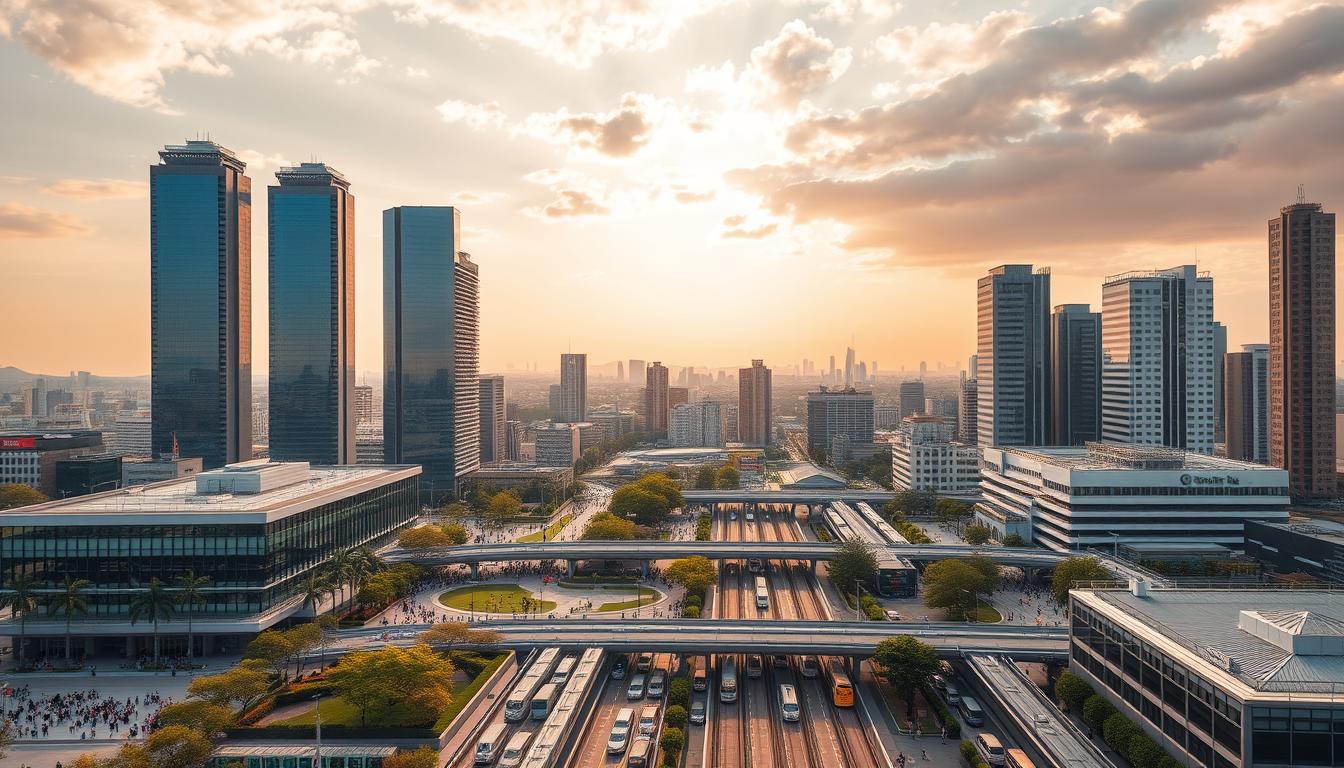
Expansion of Education and Urban Migration
Classrooms became launchpads for social mobility. By 1975, 86% of students completed high school – up from 35% in 1960. This educated workforce fueled urban growth as 6 million people relocated to cities during the 1960s alone. Seoul’s population tripled in fifteen years, transforming rural farmers into factory technicians.
Shifts in Family Structure and Social Equality
Traditional family units adapted to new realities. Extended families shrank from 20% to 5% of households between 1955-1975, replaced by nuclear families better suited for urban life. Land reform initiatives created a property-owning middle class, reducing wealth gaps that had persisted for centuries.
Women entered the workforce in unprecedented numbers, their participation rate doubling between 1960-1980. Legal reforms in 1977 granted equal inheritance rights, dismantling patriarchal traditions. As one teacher recalled, “Education didn’t just teach children – it rewrote society’s rules.”
This cultural metamorphosis turned survival instincts into economic development drivers. When citizens gained equal opportunities, the entire society became an engine for national progress.
Economic Growth, Global Exports, and Future Prospects
Strategic choices propelled a resource-limited nation into the heart of global commerce. By prioritizing exports over domestic consumption, leaders turned factories into financial engines, effectively transforming the economic landscape. This shift not only boosted production capabilities but also fostered innovation and competitiveness in various sectors.
Annual overseas sales now exceed $630 billion, with products reaching consumers from New York to Nairobi. These exports range from high-tech electronics and automobiles to essential machinery, showcasing the nation’s diverse industrial base and its ability to meet global demand. This strategic focus on export-led growth has not only enhanced the country’s economic resilience but also solidified its position as a key player in international markets.
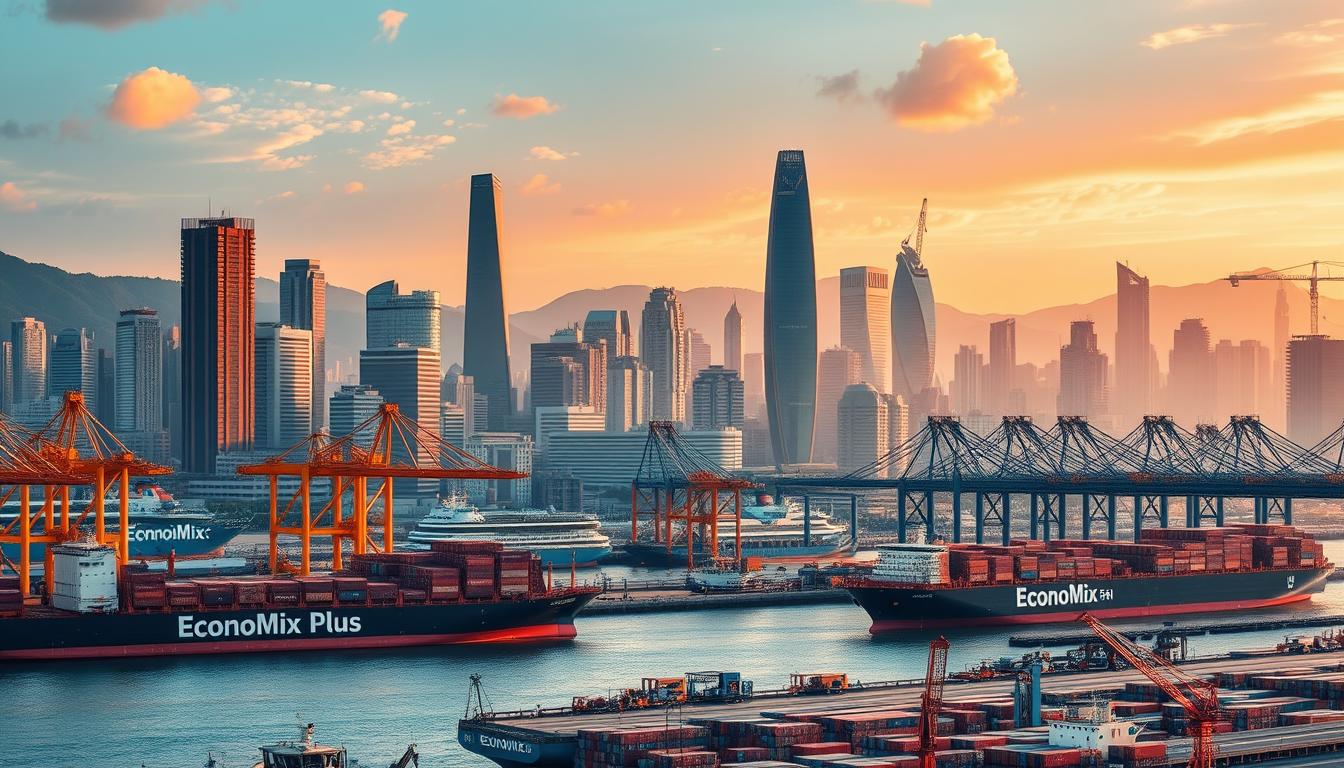
Export-Led Growth and Import Substitution Strategies
The economic growth model relied on two pillars: selling globally while producing locally. Import substitution slashed foreign dependency – tariffs on 400 goods protected infant industries. Domestic firms mastered steel, machinery, and petrochemicals, cutting import costs by 38% between 1965-1975.
| Industry | Export Value (2023) | Global Market Share |
|---|---|---|
| Semiconductors | $99 billion | 18% |
| Automobiles | $54 billion | 5.2% |
| Shipbuilding | $24 billion | 35% |
Key sectors evolved through decades of innovation. Electronics giants now supply 70% of the world’s memory chips. Automotive brands dominate emerging markets, while shipbuilders construct 1 in 3 large vessels globally.
Future prospects hinge on sustaining this momentum. Investments in AI and renewable energy aim to replicate past successes. As one trade minister noted, “Our factories don’t just make products – they shape global standards.” This vision continues driving development, blending technological agility with hard-won industrial wisdom.
Conclusion
A nation’s relentless pursuit of progress rewrote the rules of economic recovery. Rising from the devastation of the Korean War, South Korea engineered one of history’s most dramatic turnarounds. Strategic government policies fused with cultural resilience, transforming a war-scarred land into a global tech leader.
Critical land reforms and education investments laid the groundwork for growth. The “Miracle on the Han River” saw per capita income surge 100-fold within decades. Visionary leadership nurtured chaebols like Samsung, while prioritizing R&D to dominate semiconductor and automotive markets.
South Korea’s journey proves societies can reinvent themselves through bold reforms and shared purpose. Its focus on social equality and technological agility created a blueprint for nations worldwide. As emerging economies seek models for progress, this transformation stands as proof: visionary planning and unified effort can turn scarcity into strength.
From postwar ruins to cutting-edge cities, South Korea’s story remains a beacon. It challenges every nation to ask – what heights could we reach by investing in people, innovation, and relentless ambition?
